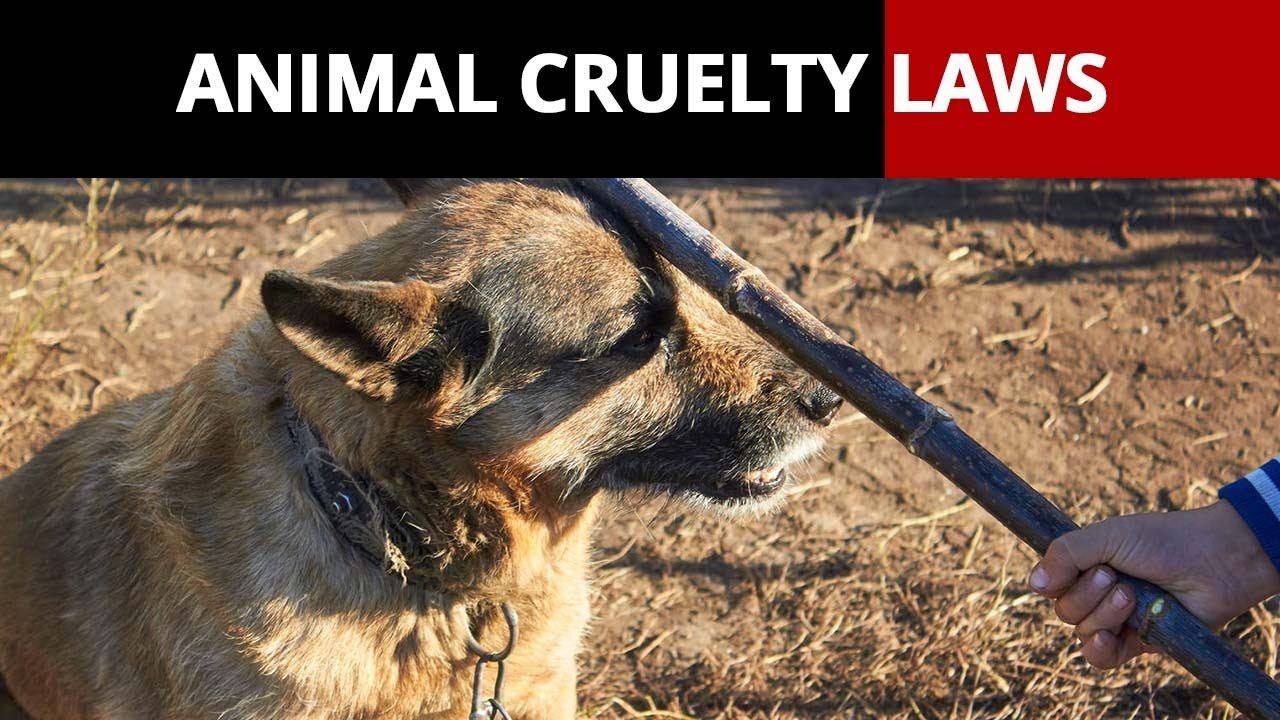Understanding the psychology behind why some individuals encourage others to inflict harm on animals is a multifaceted endeavor. This behavior, often cloaked in the guise of entertainment or cultural acceptance, warrants scrutiny. Exploring such motivations can yield insights that are crucial for addressing the dark currents of animal cruelty in society.
At the core of this phenomenon lies a complex interplay of social, psychological, and cultural factors. Many individuals engage in or promote animal cruelty as a form of social bonding, often unwittingly. In group dynamics, particularly among adolescents, there is a propensity to succumb to peer pressure. This context enables acts of cruelty to be normalized, rendering them almost innocuous in the eyes of the perpetrators. Such environments can impair moral judgment and desensitize participants to the suffering of animals, fostering a chilling culture where empathy is eclipsed by a faux bravado.
Moreover, some encouragement stems from a misguided perception of power. For certain individuals, the act of inflicting pain on a vulnerable creature equates to a demonstration of dominance. This desire for control can be particularly pronounced in those who feel disenfranchised or powerless in other facets of their lives. Engaging in cruelty may serve as a misguided coping mechanism, allowing individuals to assert themselves in ways that are otherwise unavailable in their social or personal contexts.
The influence of media cannot be understated in this discussion. The depiction of animal harm in movies, video games, and online content often trivializes violence toward animals. Such representations can desensitize audiences and create a grim normalization of cruelty that pervades popular culture. For instance, certain social media trends may present horrifying acts as hilarious or thrilling spectacles, enticing individuals to participate and share their experiences with a callous view. This digital encouragement can further perpetuate cycles of violence, as individuals seek validation through likes and shares, often at the expense of animal welfare.
Furthermore, the interplay between ignorance and education plays a pivotal role. In many societies, the awareness of animal rights and the inherent dignity of living beings is lacking. People may encourage acts of cruelty out of sheer disregard or ignorance of the consequences—oblivious to the emotional and physiological toll that such actions impose on animals. This systemic failure to instill compassion and respect for all beings perpetuates a cycle of violence that is difficult to break.
Additionally, the socialization processes that individuals undergo from childhood can dramatically shape their views toward animals. Children mimicking aggressive behavior, whether observed in their households or through media, can lead to a normalized perception of violence. In environments where wildlife is viewed merely as a resource for human entertainment or profit, it becomes plausible for children to learn that hurting animals is an acceptable expression of emotion or toughness.
As we delve deeper into these motivations, one cannot ignore the cultural dimensions that inform attitudes toward animal harm. In some communities, specific forms of animal violence might be ritualized or sanctioned, perceived as traditional practices or rites of passage. This normalization within certain cultural contexts can render discussions about animal welfare incredibly challenging, as advocates for animal rights must navigate deeply rooted beliefs and practices that are often resistant to change.
The role of economic factors also plays a significant part in this narrative. In numerous cases, individuals may promote animal cruelty for economic gain—whether in the form of dog fighting, illegal racing, or abusive agricultural practices. This commodification of suffering exploits not only the animals but also those who perpetuate such cycles of cruelty for profit. The discussion surrounding animal welfare must confront these economic incentives that encourage brutal treatment, demanding systemic changes that prioritize ethical responsibility over short-term gains.
Despite these grim realities, it is essential to underline that change is possible. Educational initiatives that focus on fostering empathy and compassion from a young age can be transformative. By integrating humane education into curricula, societies can cultivate a generation that understands the intrinsic value of all living beings. Moreover, engaging with community leaders to challenge cultural norms surrounding animal cruelty could lead to significant shifts in perspectives, gradually dismantling long-held views that condone such behaviors.
Activism plays a crucial role in addressing these pervasive issues. The proliferation of legislative measures aimed at protecting animals ensures that cruelty is not only socially unacceptable but also legally punishable. By shining a spotlight on these injustices and advocating for stronger protections, activists can catalyze societal shifts in attitudes toward animals.
Ultimately, the question of why some people encourage others to harm animals is rooted in a tapestry of complex interactions—one that intertwines social influences, cultural conditioning, and individual psychology. To foster a more humane society, collective efforts are imperative to instill compassion, challenge harmful norms, and advocate for the voiceless. With resolute commitment, it is possible to shift perceptions and cultivate an environment where animal kindness prevails over cruelty, ensuring a respectful cohabitation with all living beings.








